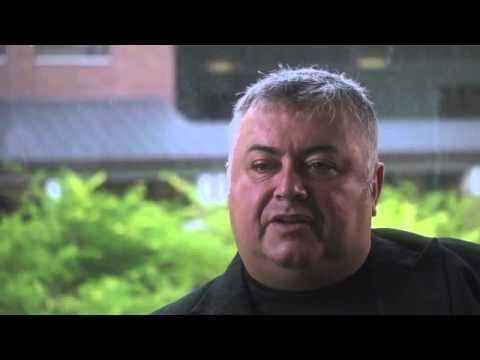Name Jim Bright | Role Psychologist | |
 | ||
Books The Chaos Theory of Careers, Resumes that Get Shortliste, Brilliant CV: What Employer, Stress: Myth - Theory - a, Brilliant Graduate CV: How t | ||
Chaos theory of careers explained interview with dr jim bright at vanderbilt university
Jim Bright is an Australian organisational psychologist and Professor of Career Education and Development at Australian Catholic University (ACU) National. He authored the Chaos Theory of Careers with Robert Pryor.
Contents
- Chaos theory of careers explained interview with dr jim bright at vanderbilt university
- Red wing played by jim bright
- Background
- Works
- References
Red wing played by jim bright
Background
His earlier published work focussed on occupational stress, in particular Karasek's Demands-Support model, and Fletcher's Catastrophe model. He also published research on the effectiveness of different resume layouts in the International Journal of Selection and Assessment. Most recently he has developed the Chaos Theory of Careers that characterizes career behaviour as the fractal patterns that emerge from individuals characterised as complex dynamical systems. Careers and career paths are deemed to be non-linear, subject to continual and unpredictable change and phase shift and limited by the operation of an attractor: Point (Goal); Pendulum (Role); Torus (Routine) and Strange (Complex) Attractors. The model challenges traditional notions of "fit" between people and careers; and emphasises the unpredictable nature of careers.
Works
He has published a range of books relating to Career Development and Organisational Psychology including Stress:myth theory and research, Resumes that get shortlisted, Brilliant CV, Should I stay or should I go, Amazing Resumes, Getting a Brilliant Job: the student's guide The Chaos Theory of Careers and Land That Job in Australia
Most recently he has developed a practical model called Beyond Personal Mastery that comprises Mind and Action steps required to capitalize and confront the challenges of continual change.
